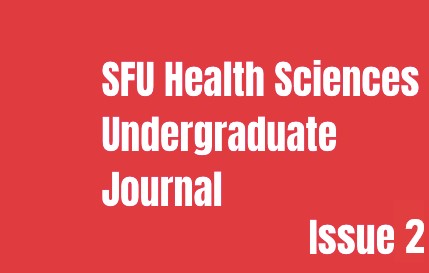COVID-19 Distancing Behaviors Among Non-Vaccinated and Illicit Drug Using Canadians: A Predictive Analysis
Main Article Content
Abstract
Abstract
Introduction: Worries due to the COVID-19 pandemic have increased illicit drug use among Canadians. There are 5 commonly used illicit drugs in Canada: cannabis, cocaine, hallucinogens, heroin, and meth. Given that substance use is related to worry management, the use of illicit drugs has also impacted the occurrence, or lack of occurrence, of social distancing.
Research significance: This study investigates the association between distancing and illicit drug use for unvaccinated Canadian adults. This insight will aim to close gaps in knowledge regarding the changes to the covid distancing variable as a result of different frequencies of use of common illicit substances. In doing so, future interventions can be better targeted to address covid distancing for different types of illicit drug users to reduce the spread of COVID-19.
Methods: 2448 observations were obtained via the Canadian Social Connections Survey and vaccinated participants, missing/NA values, and participants below age of 19 were removed.
Results: In the multivariable model, use of cocaine at least once a week (OR = 7.55, 95% CI), use of hallucinogens at least once a month (OR = 0.0955, 95% CI), age cohort of Generation X (OR = 0.10, 95% CI) and Baby Boomers (OR = 0.245, 95% CI) were statistically significant predictors of covid distancing. Interaction between age cohorts and cocaine use was conducted and found to be statistically different and superior.
Conclusion: Substance use is not a strong predictor of COVID-19 distancing. Other confounders should be investigated in order to better predict the outcome of covid distancing across explanatory substance use variables. Then we can alter the interventions required to address confounding factors that may exist for unsafe covid-19 behaviors.
Article Details

This work is licensed under a Creative Commons Attribution-NonCommercial 4.0 International License.
All content in this journal is published under a Creative Commons Attribution Non-Commercial license. Content can be freely shared, distributed, modified, and reused, providing credit is given to the original author, and the work is not used in any commercial context.

